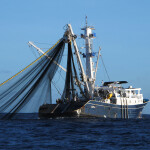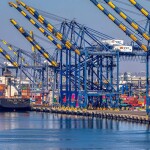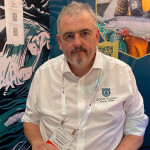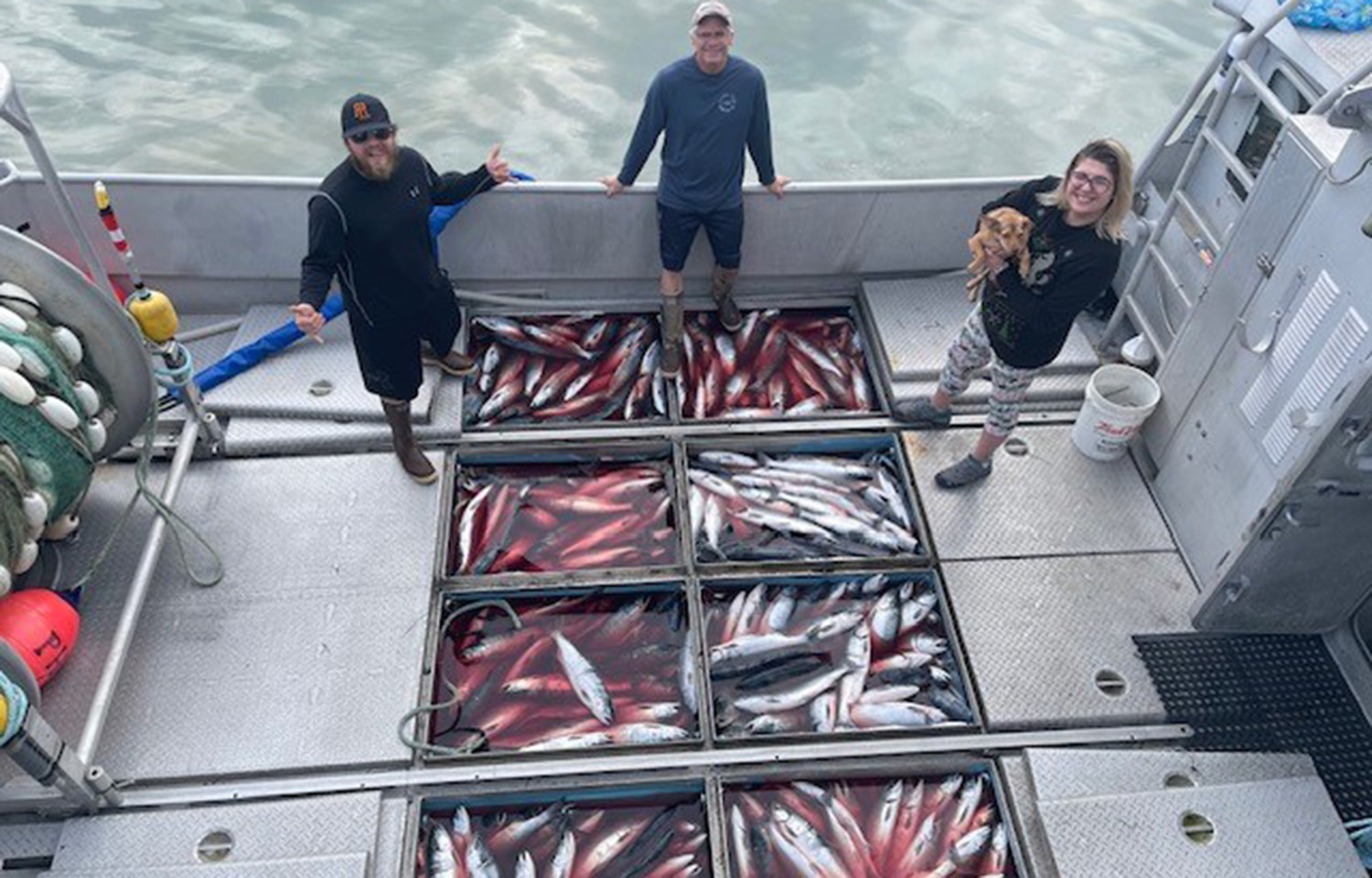Salmon catch totals and fish sizes have been disappointing thus far in the U.S. state of Alaska’s summer season, potentially accelerating the ongoing shakeout taking place in Alaska’s seafood sector.
Around 87 million salmon have been caught in Alaska this summer, far short of the 230.2 million salmon harvested in 2023 and tracking well below the Alaska Department of Fish and Game (ADF&G) forecast of 135.7 million fish by season’s end. While part of that has to do with the two-year cycle of pink salmon returns in Alaska, catches for every salmon species in Alaska are down this year.
With the primary summer salmon season winding down in Alaska, thus far, the catch includes 40.7 million sockeye, 32.5 million pinks, 13.9 million chum, 606,000 coho, and 217,000 Chinook. In 2023, the totals were 51.8 million sockeye, 152.4 million pinks, 23.5 million chum, 2.3 million coho, and 235,000 Chinook. ADF&G’s 2024 forecast for commercial harvesters included 69 million pink salmon, 39.5 million sockeye salmon, 24.3 million chum salmon, and 2.6 million coho salmon.
With the bulk of the pink salmon season now over, Canadian seafood trading firm Tradex said the catch stands at around 35 percent of the forecasted total. Combined with a pink season in Russia that landed only 50 percent of the forecasted total, seafood supplier Tradex called 2024 “one of the worst seasons on record” for pink salmon, with the catch down 62 percent from 2022.
“The current combined harvest for pinks from Alaska and Russia is over 80 percent lower than last year’s global total and 47 percent below the last even-year harvest,” Tradex President and CEO Robert Reierson said in a market update. “The general consensus from the Alaska Department of Fish and Game is that, overall, this year’s pink salmon returns appear to be very poor and that there are not currently any indications that the returns are significantly late.”
Alarmingly, salmon returning to Alaska this year are much smaller than average. Pink salmon caught in Prince Williams Sound this year averaged 3.5 pounds each, with Russian fish at 2.5 pounds each. In 2023, Alaska’s pink salmon were also below the five- and 10-year averages for weight. And, with 99 percent of the expected sockeye caught for the season, their average size has been just 4.2 pounds, marking only the fourth time in the past 20 years that the fish weight fell below 5 pounds. ADF&G said the average sockeye size in Bristol Bay were the smallest the agency had ever recorded through July.
“We saw the smallest and lightest size of fish we have ever seen in our history. Not by a huge margin – it's not pounds and pounds – but it definitely is the smallest we've ever seen. 2020 was a close second.” ADF&G Biologist Stacy Vega told KDLG.
Despite reduced landings and smaller-sized fish, prices have still not increased for pinks, as would be typical in periods of lower supply, according to Megan Corazza, a salmon fisher based in Homer, Alaska. Processors are buying pinks for USD 0.25 (EUR 0.22) per pound, which is loss-making for most of the fleet.
“All these boats out here, if they’ve only done pinks, have grossed USD 25,000 [EUR 22,400], and a lot of these boats pay USD 35,000 to USD 45,000 [EUR 31,400 to EUR 40,400] just in insurance,” Corazza told the Alaska Beacon. “It is a huge disaster.”
Corazza said if current trends continue, she may not be able to stay in business in 2025, given the rising costs of harbor fees, insurance, and boat maintenance.
“It’s going to be super tough,” she said. “I wake up every morning, and I try to apply for a different job.”
Around 31.5 million sockeye were caught in Bristol Bay in 2024, along with 2.1 million in Cook Inlet and 13.3 million in Prince William Sound – all lower-than-expected figures. Stellar Pacific Owner Mike Shimchick said he’s not sure what to make of the current market situation in regard to the species.
“Wholesale prices today are probably around USD 4.75 [EUR 4.25] for 2- to 4-pound salmon,” he told SeafoodSource. “I was at a Safeway yesterday, and last year at this time, you saw fillets for USD 9.99 to USD 12.99 [EUR 8.96 to EUR 11.64]. This year, it’s USD 21.99 [EUR 19.72], and when you look at the fish, they’re just small. It just doesn't look like a piece of salmon. Next to it was farmed Atlantic salmon, which was probably cut from a 6- to 8-pound fish, and they're retailing it for USD 10.99 [EUR 9.85]. So, will consumers pick the Alaskan fish up? I don't know. We'll see.”
Shimchick said the market is being affected by the residual pain of the past two years, when a glut of salmon from record-high landings hit the market and by salmon traders becoming increasingly reluctant to hold onto product they might get stuck paying to store for indefinite periods of time.
“Processors came into last season with a real hangover, with lots of inventory in the hands of reprocessors and smokers and packers. Despite the pretty decent run of sockeye in Bristol Bay in 2023, nobody was happy. At least last year, the fish moved. Whether it was October or January, or Los Angeles or Europe, the price was the price, and it was USD 3.50 [EUR 3.14] per pound. People could retail the fish at that reasonable price, and the consumer would pick it up,” Shimchick said. “The difference of USD 1.25 [EUR 1.12] on a 50,000-pound load of fish comes out to USD 75,000 [EUR 67,250]. That's a lot of money in this day and age, with interest rates being what they are. I hope it doesn't force the big wholesale buyers, whether they're in Asia or in Europe or the U.S., to say, ‘I'm done with this. I can't handle the small fish.’”
Shimchick said the salmon markets remains deeply unsettled.
“Now that you've got five or so plants shut down in Alaska, you’ve got less capacity to do fresh fillets, and the vast majority of the fish out of Bristol Bay are under 4 pounds, dressed, and that is all around a tough pitch to sell,” he said. “Smokehouses have all these different SKUs of smoked fish, whether it's Atlantic or coho or sockeye, and they have to have it. So, they will buy some. There's no doubt they will buy some, but most processors now are off the market or just not offering, just [waiting] to see what happens.”
The muddled market is already resulting in ...








